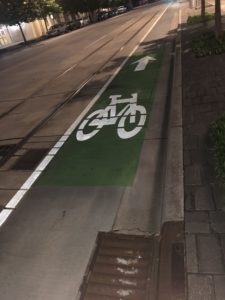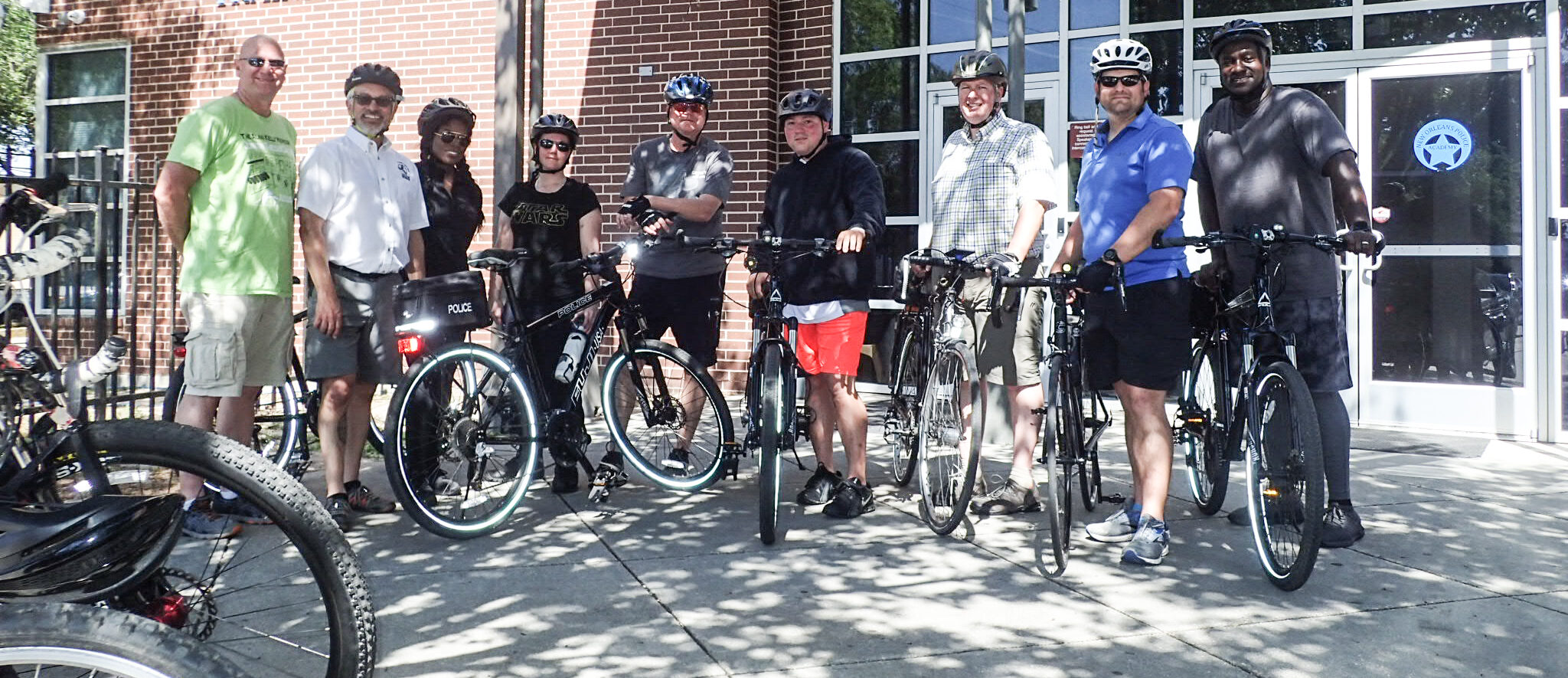What’d You Say?
OK, I’m not starting with a quote. “But wait, you always start with a quote!” I’m not starting with a quote because what’s most important here is one word: “accident.” I was inspired to write this post having read an article about language, and how it shapes our understanding…Here’s the reference.
TL:DR – The way we talk about crashes is changing. There are few accidents but many crashes.
“What’s the difference?” you may ask. The word “accident” has a certain connotation. When we hear that word, we believe that it “just happened,” that nothing could have been done to prevent it. The reality is that there are VERY FEW “accidents.” There are literally MILLIONS of crashes every year in the United States alone. In virtually all of them, one (or more) of the operators involved could have done something to avoid the crash. And there’s been research to show that the way we talk/hear/write about a crash has a dramatic impact on our perception of the event.
We read about the bicyclist who was run over by a truck making a right turn in front of a bicyclist…and the article says that the bicyclist wasn’t wearing a helmet. Yes, let’s pretend that a helmet would have prevented the death of a person who was run over by a vehicle weighing up to 80,000 pounds. Let’s forget that the truck driver unsafely turned right in front of a bicyclist legally traveling in a bike lane. The bicyclist WASN’T WEARING A HELMET. As if that would have made a difference!
But that statement changes our perception of the crash…blame is shifted to the bicyclist instead of the truck driver who failed to yield to the bicyclist; who did not merge into the bike lane prior to turning; who did not adequately check for traffic around the vehicle perimeter. No, the bicyclist shouldn’t have been there.
Or how about the motorist/pedestrian crash where the pedestrian is crossing the street in a crosswalk. And the reporter says that traffic is snarled in the whole area while the investigation continues. Subtly, we process that as though the pedestrian was the cause of all the tie-ups. The reality is that the pedestrian had the right-of-way, and the motorist ignored the law (and the person in front!) or “didn’t see the pedestrian” (were you looking…really looking?). But it sounds like all the motorists are being inconvenienced because the darn pedestrian went and got himself run over…
And then there is the official spokesperson for the law enforcement agency, who almost always makes sure to include that bicyclists should always wear helmets and conspicuous clothing…but never mentions either the rights of the pedestrians and bicyclists or the responsibilities of the motorist to be aware of his/her surroundings.
I have one request…and then I will end my semi-rant. Please pay attention to language when you read (or hear or write) reports of crashes. Be sure that the report accurately represents what happened. Try your best to approach it with an unbiased eye/ear. And be sure that the language does not force you to accept a view of the event that may be inaccurate.
This is changing, but very slowly. Crash investigators I have talked to seem to be more aware of the issue; they typically don’t call incidents “accidents.” They call them crashes. But there’s a lot of noise out there. We see road signs (even on some automated signs from state highway departments!) talking about accidents. News reporters talk about traffic accidents. Insurance companies and trial lawyers do the same. We need to do better.
I’ve talked about crashes in other posts. If you’d like to read on, try these: “Losing my balance…and finding my calling,” “GET OFF THE ROAD!,” “No. NO!,” “It was a crash…it was no accident,” “I just crashed! (hypothetically)“


